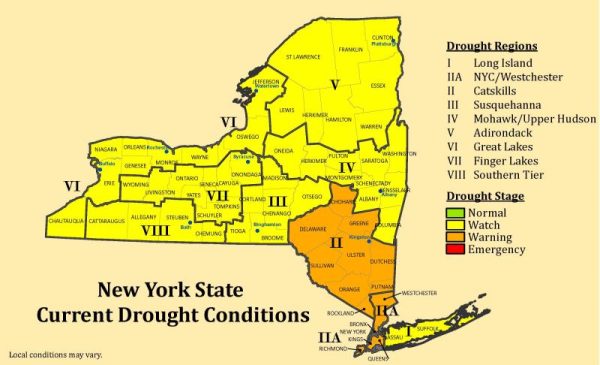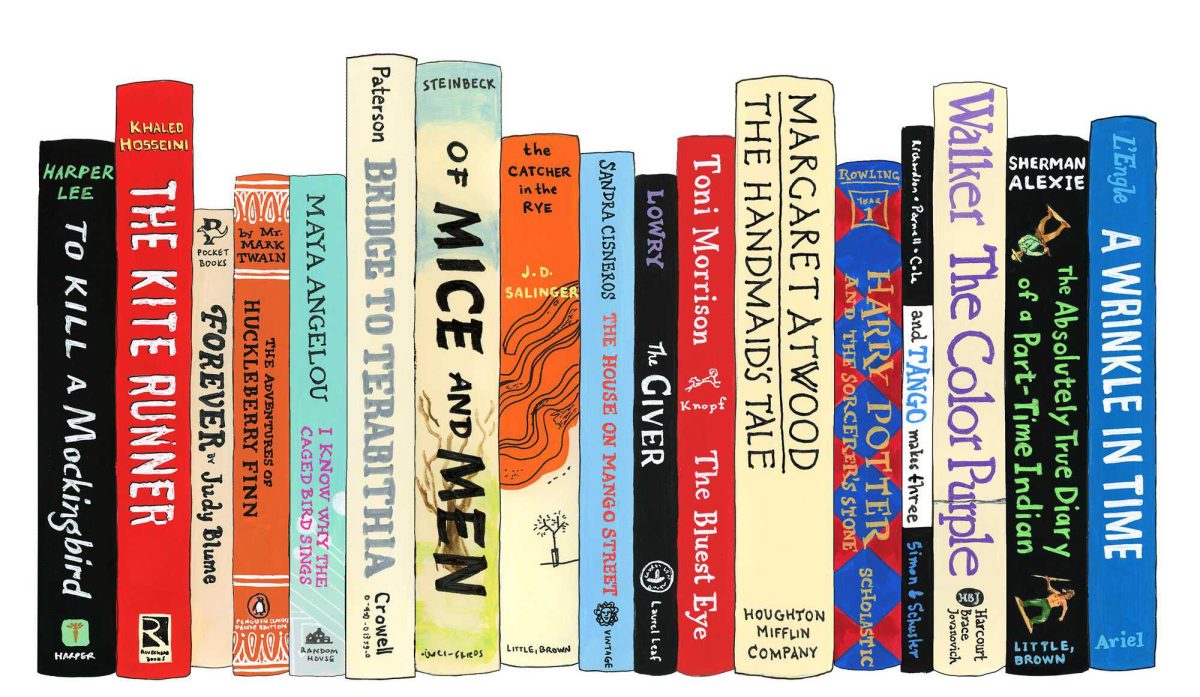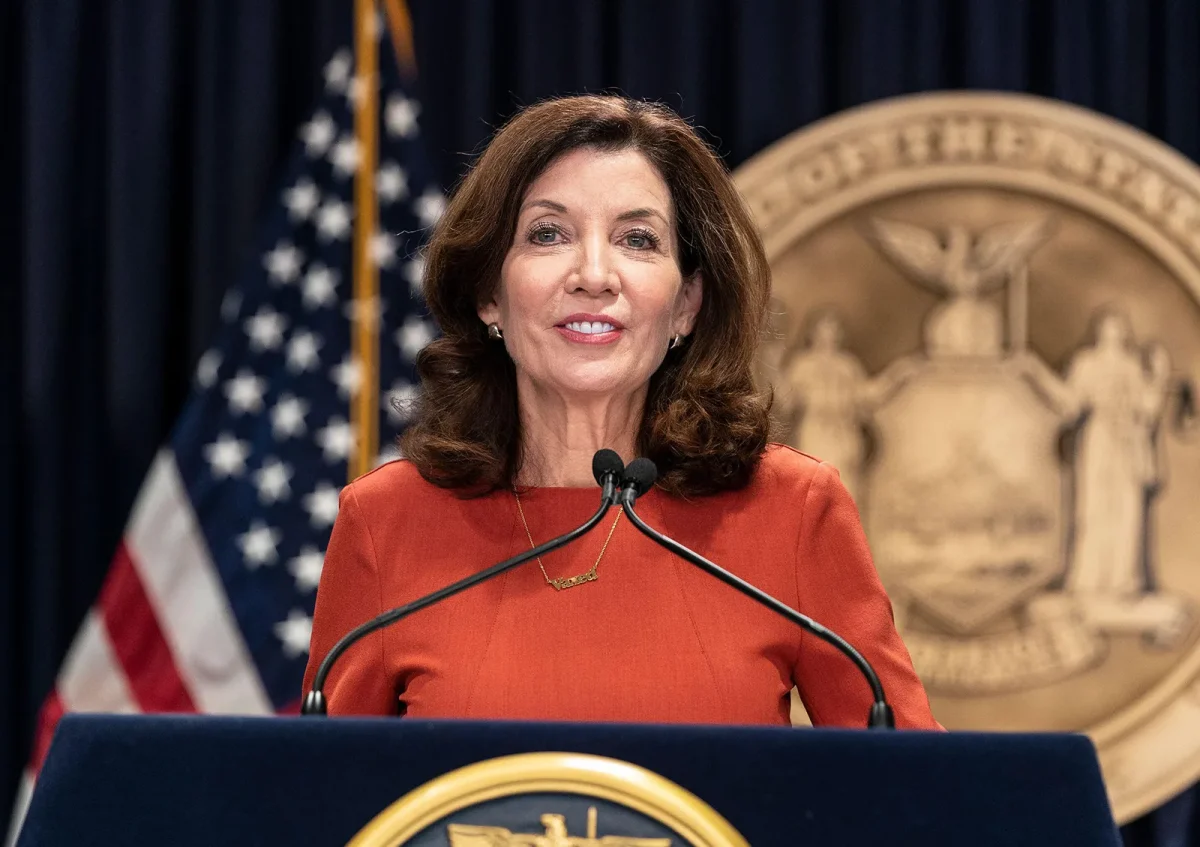On Monday, November 18, Governor Kathy Hochul issued a drought warning for Westchester and fourteen other New York counties. This statement reflects the intensification of drought concerns in the area.
The drought “warning” phase is the second most severe of the state’s four measured stages; with the most severe stage being the “drought emergency” stage, according to the Department of Environmental Conservation. In October, drought spread throughout the country, as noted by the National Oceanic and Atmospheric Administration.

AP Environmental Science teacher Sophia Andrews shares that “When I think of a ‘drought’ the western United States comes to mind first. As a teacher of environmental science, I probably think about droughts more than the average person, but New York State was probably low on my list in places that could suffer a drought.”
As the drought continues, it serves as a source of concern for drinking water supply, health, agriculture, and the risk of forest fires.
Westchester county has many reservoirs, like the Kensico Reservoir, which supplies water to not only Larchmont-Mamaroneck, but also New York City and other nearby communities. As the drought has intensified, the water level of these drinking sources has declined.
New York City’s drinking water system–which Larchmont-Mamaroneck also draws water from–is currently only holding 63% of its total capacity. In past years, these water sources have been filled to around 73% capacity during this time of year, according to the Associated Press.
One does not need to go far to see evidence of the drought as its effect has been visible locally. Ben Murabito (’26) shares that “I first noticed we were in a drought because my lawn was dead. It was really pale and kind of white and that wasn’t really normal.” In contrast, the first six months of 2024 were some of the wettest in the past four decades. This moisture contributed to significant plant growth that has only fueled drought-related concerns.
The lack of precipitation in the past three months dried out significant plant material which has ultimately sparked forest fires across the tri-state area.
Although Westchester has currently remained unscathed, the New York Times notes that 860 forest fires have burned thousands of acres in the tri-states since the beginning of October. Westchester currently has “very high” forest fire danger, according to the New York State government, and data from Fire Factor projects that Mamaroneck will have a “moderate risk of wildfire” in the coming three decades.
Murabito finds the prevalence of nearby forest fires surprising, commenting that “Now there’s forest fires in New Jersey and Brooklyn. How is there a forest fire in Brooklyn–where are the Brooklyn forests?” Recently, areas of Prospect Park in Brooklyn burned, in addition to other forested areas dried out by the drought.
Elsie Scerbo (’26) notes that the forest fires’ smoke can pose health risks, even hundreds of miles from where acreage is burning. Furthermore, Scerbo draws a clear connection between the current forest fire prevalence, ongoing drought and climate change, noting that “climate change causes extreme weather,” and “droughts are so much more common now.”
Droughts of this scale could occur without climate change, as climate is a measure of average changes in atmospheric patterns over several decades, and therefore isolated extreme events could simply be classified as extreme weather events without long-term implications. However, the New York Times posits that the drought may have resulted from climate change, as climate change increases the severity and frequency of droughts.
Andrews explains that to reduce the drought, “we should heed warnings made by state and local governments to not burn anything outdoors…due to the risk of fire spreading to uncontrollable areas.” She also notes that people can help to conserve water by making “small changes.”
Andrews points out that “taking shorter showers, turning off a faucet when not in use, [and] opting out of activities such as car washes help reduce the water footprint of each person.”
Through these practices, the impact of the drought can be lessened.
Despite the recent rains, which have reduced the risk of forest fires, the drought has continued, and it is unclear when it will end.









